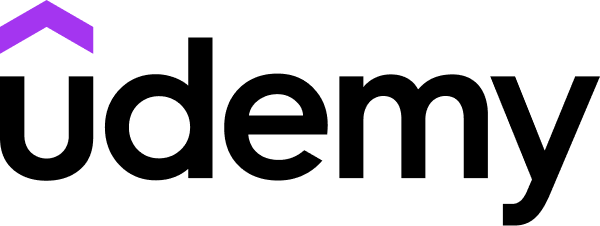

Microsoft Learn
Free Online Course
English
2-3 hours worth of material
selfpaced
Overview
- Module 1: Explore Azure Pipelines
- Describe Azure Pipelines
- Explain the role of Azure Pipelines and its components
- Decide Pipeline automation responsibility
- Understand Azure Pipeline key terms
- Module 2: Manage Azure Pipeline agents and pools
- Choose between Microsoft-hosted and self-hosted agents
- Install and configure Azure Pipelines Agents
- Configure agent pools
- Make the agents and pools secure
- Module 3: Describe pipelines and concurrency
- Use and estimate parallel jobs
- Use Azure Pipelines for open-source or private projects
- Use Visual Designer
- Work with Azure Pipelines and YAML
- Module 4: Explore continuous integration
- Explain why continuous integration matters
- Implement continuous integration using Azure Pipelines
- Explain benefits of continuous integration
- Describe build properties
- Module 5: Implement a pipeline strategy
- Define a build strategy
- Explain and configure demands
- Implement multi-agent builds
- Use different source control types available in Azure Pipelines
- Module 6: Integrate with Azure Pipelines
- Describe advanced Azure Pipelines anatomy and structure
- Detail templates and YAML resources
- Implement and use multiple repositories
- Explore communication to deploy using Azure Pipelines
- Module 7: Introduction to GitHub Actions
- Explain GitHub Actions and workflows
- Create and work with GitHub Actions and Workflows
- Describe Events, Jobs and Runners
- Examine output and release management for actions
- Module 8: Learn continuous integration with GitHub Actions
- Implement Continuous Integration with GitHub Actions
- Use environment variables
- Share artifacts between jobs and use Git tags
- Create and manage secrets
By the end of this module, you'll be able to:
By the end of this module, you'll be able to:
By the end of this module, you'll be able to:
By the end of this module, you'll be able to:
By the end of this module, you'll be able to:
By the end of this module, you'll be able to:
By the end of this module, you'll be able to:
By the end of this module, you'll be able to:
Syllabus
- Module 1: Explore Azure Pipelines
- Introduction
- Explore the concept of pipelines in DevOps
- Describe Azure Pipelines
- Understand Azure Pipelines key terms
- Knowledge check
- Summary
- Module 2: Manage Azure Pipeline agents and pools
- Introduction
- Choose between Microsoft-hosted versus self-hosted agents
- Explore job types
- Introduction to agent pools
- Explore predefined agent pool
- Understand typical situations for agent pools
- Describe security of agent pools
- Knowledge check
- Summary
- Module 3: Describe pipelines and concurrency
- Introduction
- Understand parallel jobs
- Estimate parallel jobs
- Describe Azure DevOps and open-source projects
- Explore Azure Pipelines and Visual Designer
- Describe Azure Pipelines and YAML
- Knowledge check
- Summary
- Module 4: Explore continuous integration
- Introduction
- Introduction to continuous integration
- Learn the four pillars of continuous integration
- Explore benefits of continuous integration
- Describe build properties
- Knowledge check
- Summary
- Module 5: Implement a pipeline strategy
- Introduction
- Configure agent demands
- Implement multi-agent builds
- Explore source control types supported by Azure Pipelines
- Knowledge check
- Summary
- Module 6: Integrate with Azure Pipelines
- Introduction
- Describe the anatomy of a pipeline
- Understand the pipeline structure
- Detail templates
- Explore YAML resources
- Use multiple repositories in your pipeline
- Communicate with Azure Pipelines
- Communicate to deploy to target servers
- Examine other considerations
- Knowledge check
- Summary
- Module 7: Introduction to GitHub Actions
- Introduction
- What are Actions?
- Explore Actions flow
- Understand workflows
- Describe standard workflow syntax elements
- Explore events
- Explore jobs
- Explore runners
- Examine release and test an action
- Knowledge check
- Summary
- Module 8: Learn continuous integration with GitHub Actions
- Introduction
- Describe continuous integration with actions
- Examine environment variables
- Share artifacts between jobs
- Examine Workflow badges
- Describe best practices for creating actions
- Mark releases with Git tags
- Create encrypted secrets
- Use secrets in a workflow
- Knowledge check
- Summary

